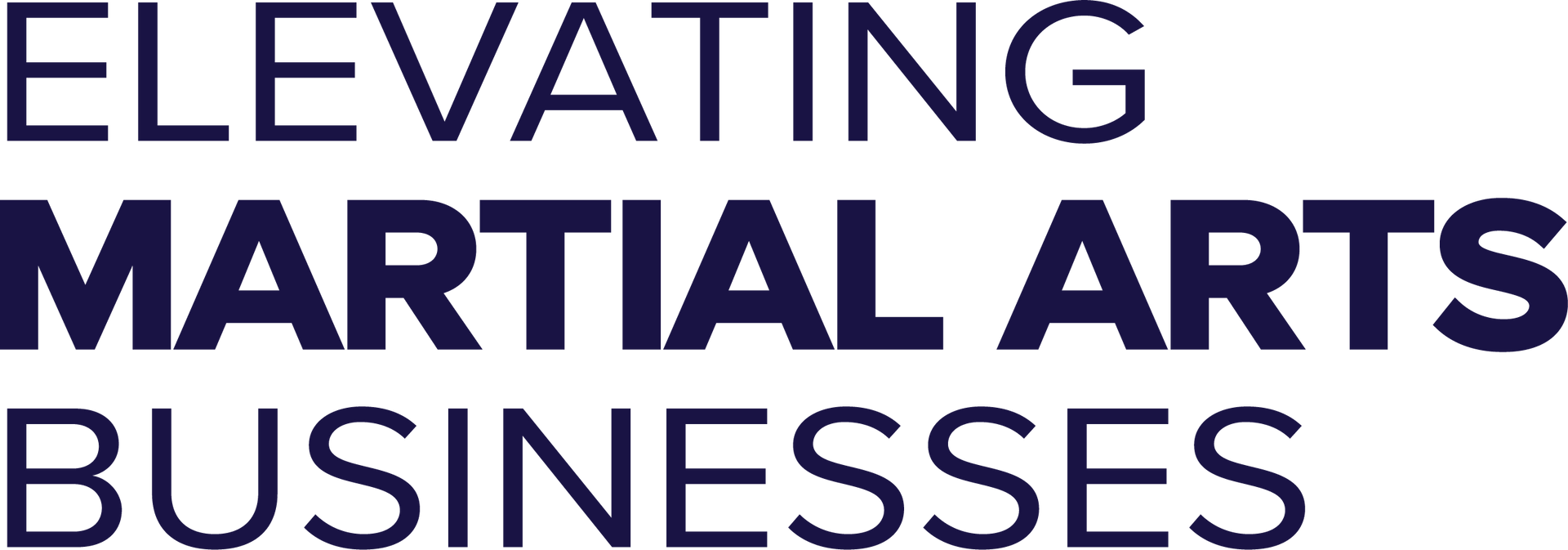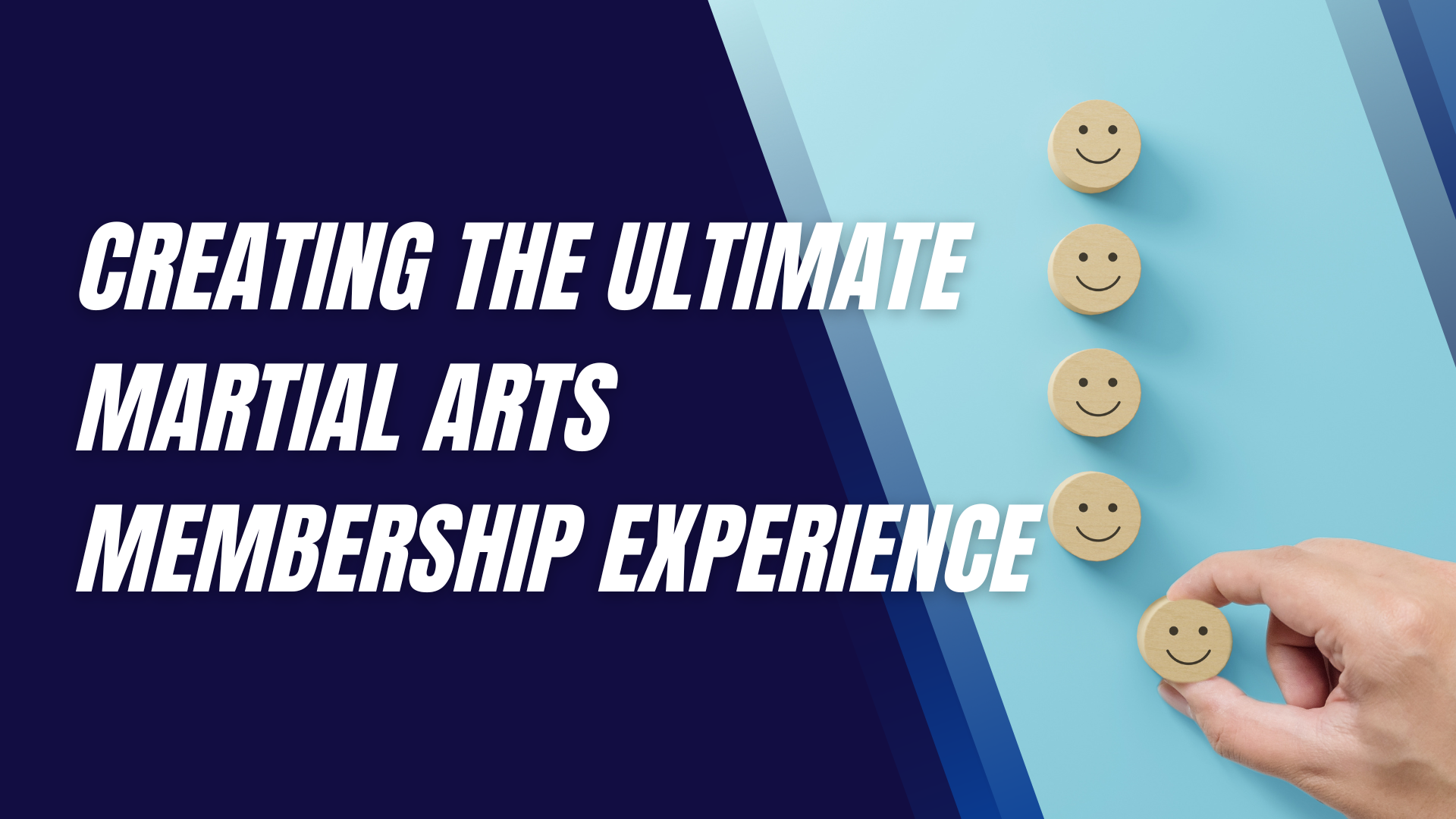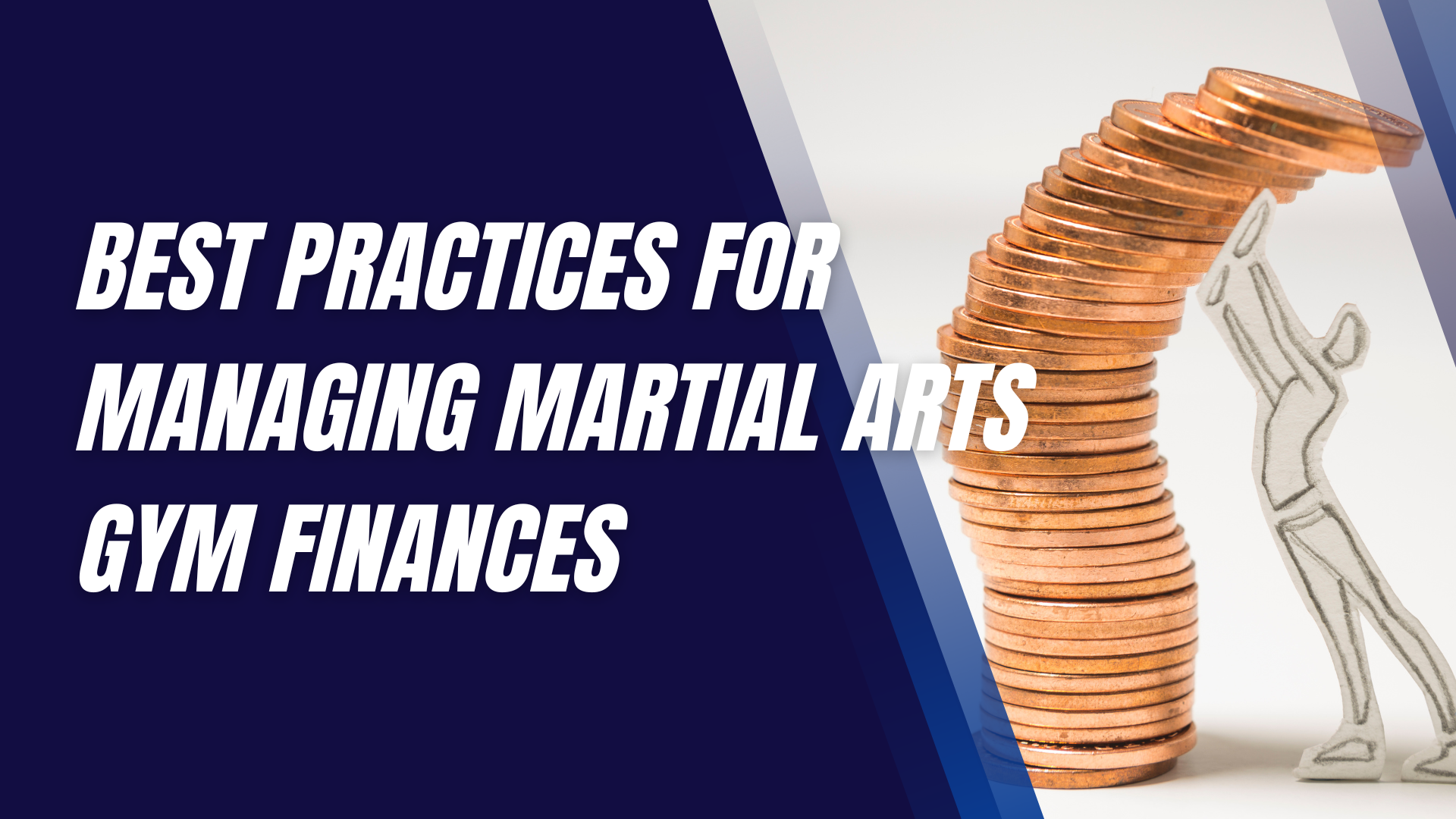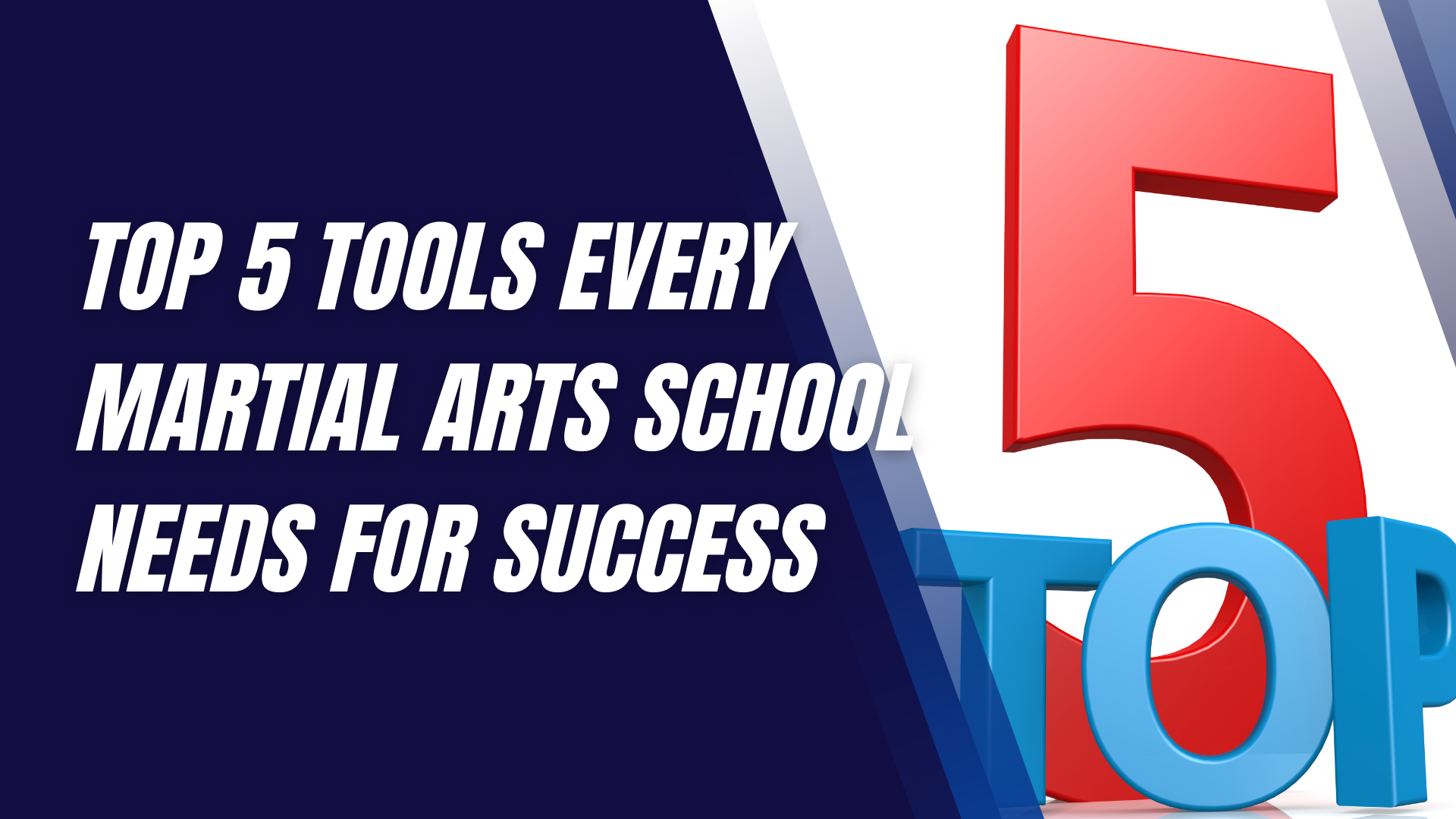How to Train for Martial Arts Competitions Without Over-Training
Training for martial arts competitions is an intense and rewarding endeavor that pushes athletes to their limits.
However, there's a fine line between pushing hard and pushing too far. Over-training can lead to fatigue, injury, and even burnout, potentially derailing your progress and passion. So, how do you strike that perfect balance to ensure you're training effectively without overdoing it? Let’s dive in!
Understanding Over-Training
Before we can tackle how to avoid over-training, it’s essential to understand what it is. Over-training occurs when the intensity and volume of training exceed the body's ability to recover. This can manifest through physical symptoms like chronic fatigue, muscle soreness that doesn’t go away, and frequent injuries. Mentally, it can lead to mood swings, irritability, and a decrease in motivation. Long-term, over-training can even impact your immune system, making you more susceptible to illness.
The Importance of a Balanced Training Plan
Why Balance is Key
A well-rounded training plan is like a balanced diet—it needs variety and moderation. This means not just focusing on one aspect of martial arts, such as striking or grappling, but incorporating a mix of skills, strength training, cardio, and flexibility work. A balanced plan ensures all-around development and prevents overuse injuries that can occur from repetitive movements.
The Role of Rest and Recovery
Rest is not a sign of weakness; it’s an integral part of your training. Without adequate recovery, your muscles don’t have the opportunity to repair and grow stronger. Incorporating rest days into your schedule can make your training more sustainable and effective in the long run.
How to Develop a Balanced Training Routine
To create a balanced routine, start by assessing your strengths and weaknesses. From there, you can tailor your training sessions to focus more on areas that need improvement while maintaining your strong points. Make sure to include a mix of high-intensity workouts with low-intensity days, and always leave room for flexibility—your body might not always be up for a scheduled hard session.
Setting Realistic Goals
Importance of Goal Setting in Martial Arts
Goals give your training a purpose. They help you stay focused and motivated, providing a clear path forward. However, it’s crucial to set realistic goals that are achievable within a reasonable timeframe. Unrealistic goals can lead to frustration and the temptation to over-train in an attempt to reach them faster.
How to Set SMART Goals
SMART goals are Specific, Measurable, Achievable, Relevant, and Time-bound. For example, instead of setting a vague goal like “get better at sparring,” a SMART goal would be “improve my sparring defense by practicing three times a week for the next month.” This approach keeps your goals clear and actionable, allowing for steady progress without overwhelming pressure.
Examples of SMART Goals for Martial Arts Training
- Increase flexibility by stretching for 15 minutes after each session for six weeks.
- Improve endurance by adding two 30-minute cardio sessions weekly.
- Enhance striking speed by doing specific drills three times a week for one month.
Structuring Your Training Schedule
Frequency of Training Sessions
It’s easy to think that more training equals better results, but that’s not always the case. For most martial artists, 4-5 training sessions per week are optimal. This frequency allows for skill development and physical conditioning while still leaving room for recovery.
Optimal Training Duration
Training sessions should ideally last between 60 to 90 minutes. Beyond this point, fatigue can set in, leading to decreased performance and a higher risk of injury. It’s better to have shorter, high-quality sessions than to drag on with low energy and poor technique.
Balancing Different Martial Arts Disciplines
If you’re involved in multiple disciplines—like striking, grappling, and strength training—it’s important to balance these throughout the week. Avoid consecutive days of high-intensity workouts targeting the same muscle groups to reduce the risk of overuse injuries.
Incorporating Rest Days
Why Rest Days are Essential
Rest days are where the magic happens. It’s during these periods that your body repairs and grows stronger. Without them, you’re likely to see diminishing returns on your hard work. Think of rest days as an essential component of your overall progress.
Active vs. Passive Recovery
Rest doesn’t always mean lying on the couch all day (though sometimes it should!). Active recovery, like light stretching, walking, or gentle yoga, can help keep your body moving without adding strain. Passive recovery, on the other hand, involves complete rest. Both have their place in a balanced training regimen.
How to Plan Your Rest Days Effectively
Plan your rest days around your most intense training sessions. For example, if you have a particularly tough sparring day, follow it up with a rest or light recovery day. Listening to your body and adjusting as needed is crucial—if you’re feeling drained, don’t hesitate to take an extra rest day.
The Role of Nutrition in Training
Importance of Proper Nutrition
Nutrition is your body’s fuel, and proper nutrition can significantly impact your performance and recovery. A diet rich in lean proteins, complex carbohydrates, healthy fats, and plenty of fruits and vegetables will support your training goals.
Pre- and Post-Training Nutrition Tips
Before training, opt for a light meal or snack that combines protein and carbs, like a banana with peanut butter. Post-training, refuel with a meal high in protein and carbs to replenish glycogen stores and aid muscle recovery. Hydration is also crucial; aim to drink water throughout the day and rehydrate adequately after training.
Supplements and Their Use
Common Supplements for Martial Artists
Supplements like protein powders, BCAAs (Branched-Chain Amino Acids), and creatine are popular among martial artists. They can help with muscle recovery, energy levels, and overall performance. However, they should supplement—not replace—a balanced diet.
Benefits and Risks of Supplements
While supplements can provide an edge, they come with potential risks, such as digestive issues or interactions with medications. Always consult a healthcare professional before starting any new supplement, and choose reputable brands to ensure safety and effectiveness.
How to Choose the Right Supplements
The best approach is to keep it simple. Start with a basic protein supplement if your diet lacks sufficient protein. From there, consider other options based on your specific needs, like electrolytes for hydration or omega-3s for joint health.
Mental Preparation and Stress Management
The Mental Aspect of Martial Arts
Training your body is only half the battle; the mind plays an equally important role. Mental toughness, focus, and the ability to manage stress are all critical for competition success.
Techniques for Mental Toughness
Developing mental toughness involves pushing through discomfort and staying disciplined even when motivation wanes. Techniques such as positive self-talk, goal visualization, and setting mini-challenges during training can all help build resilience.
Stress Management Tips for Competitors
Managing stress is vital, especially as competition day approaches. Techniques like deep breathing, mindfulness, and meditation can help calm pre-competition nerves. Regularly practicing these techniques can also improve your focus and overall mental well-being.
Visualization and Meditation Techniques
The Power of Visualization
Visualization is a powerful tool that involves mentally rehearsing your techniques, strategies, and even entire matches. This mental practice can help enhance your physical performance by creating neural patterns in your brain, similar to actual practice.
Meditation for Focus and Calmness
Meditation can help improve your focus, reduce anxiety, and increase overall well-being. Even just 10 minutes a day can make a noticeable difference in your mental clarity and emotional resilience.
How to Incorporate These Techniques into Your Routine
Start small—add a few minutes of visualization or meditation at the end of your training sessions. As you get more comfortable, you can expand these practices into longer, more detailed sessions.
Monitoring Progress and Adjusting Your Plan
Tracking Your Performance
Consistent progress tracking allows you to see how far you’ve come and what adjustments need to be made. This could be as simple as keeping a training journal or using a fitness app to log workouts, nutrition, and how you’re feeling each day.
How to Adjust Training Based on Progress
If you’re not seeing the progress you’d hoped for, it might be time to tweak your routine. This could involve adjusting the intensity, changing the exercises, or even adding more rest. Remember, the goal is to train smarter, not just harder.
When to Scale Up or Down Your Training Intensity
Listen to your body and pay attention to performance metrics like speed, strength, and endurance. If these are consistently declining, it’s a signal to scale back. Conversely, if you’re feeling strong and progressing steadily, you can consider ramping up the intensity—but always cautiously.
Listening to Your Body
Importance of Body Awareness
Body awareness is key in martial arts. It involves recognizing the difference between normal training fatigue and signs of over-training or potential injury. By tuning into your body’s signals, you can adjust your training as needed to stay on track without overdoing it.
How to Recognize the Need for a Break
Signs that you might need a break include prolonged muscle soreness, irritability, lack of motivation, or difficulty sleeping. Don’t ignore these signs; taking a step back now can prevent bigger setbacks down the line.
Modifying Training When Feeling Fatigued
On days when you’re feeling particularly drained, it’s okay to modify your workout. This could mean lowering the intensity, shortening the session, or focusing on technique rather than full-out sparring. The key is to stay flexible and responsive to your body’s needs.
Working with Coaches and Trainers
Finding the Right Coach
A good coach can make a world of difference in your training. Look for someone who not only understands martial arts but also the importance of balance and recovery. A coach who pushes you relentlessly without regard for rest isn’t doing you any favors.
How Coaches Help Prevent Over-Training
Coaches can provide an objective perspective on your training, helping to identify when you might be overdoing it. They can adjust your plan, provide feedback, and ensure that your training is both effective and safe.
Communication with Your Coach
Always communicate openly with your coach about how you’re feeling—both physically and mentally. This dialogue helps them tailor your training plan to better suit your needs and prevent over-training.
The Role of Personalized Training Plans
Customizing Training to Fit Your Needs
No two martial artists are the same, and your training plan should reflect that. Personalized training considers your unique goals, body type, schedule, and recovery needs, providing a more sustainable and effective approach.
Benefits of a Personalized Approach
A personalized plan helps you progress at your own pace, reducing the risk of burnout and overuse injuries. It also allows for flexibility, adapting to your lifestyle and any changes in your physical or mental state.
Examples of Customized Training Plans
A customized plan might include alternating between intense skill sessions and lighter conditioning work, adjusting based on competition schedules, or incorporating more recovery days if you’re feeling run down.
Final Thoughts
Training smart is all about finding that sweet spot between hard work and overdoing it. By understanding the risks of over-training and taking steps to create a balanced, personalized approach, you can enhance your performance and enjoy your martial arts journey to the fullest. Remember, the goal is not just to train harder, but to train smarter. Listen to your body, set realistic goals, and make rest a priority. With these strategies in place, you’ll be well on your way to competition success without the pitfalls of over-training.
Interested in trying a martial arts class? Find an affiliated academy anywhere in the country by clicking here.
Have your own martial arts program? Get to know more about what we have to offer at Ground Standard Agency for helping martial arts businesses grow.
Email us at info@groundstandard.com, or call and text us at (732) 907-8920 today to learn how to start growing your own academy, school, dojo, or gym with us as well.
Share this article












